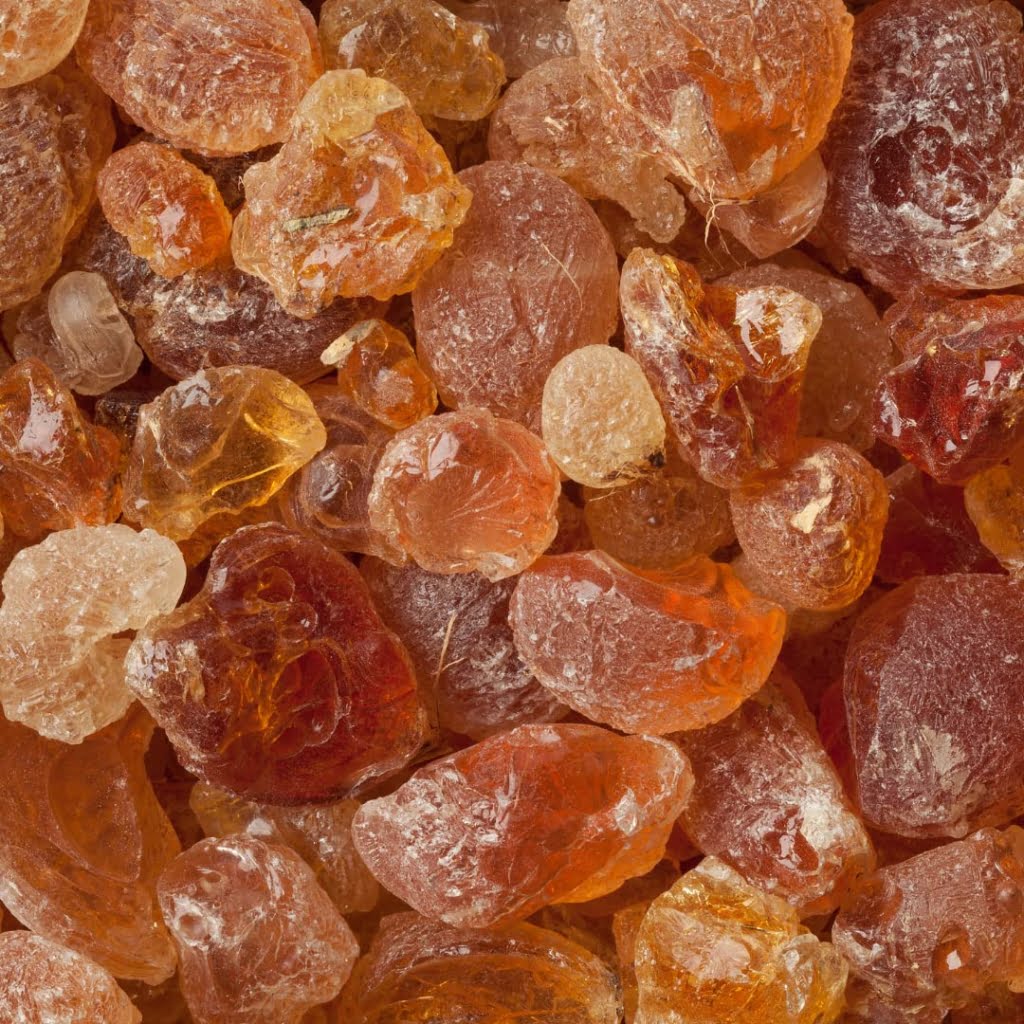Arabic gum, also known as gum acacia, has been a staple in various industries for centuries, from food and pharmaceuticals to cosmetics and art. But what makes this natural resin so versatile? The answer lies in its unique chemical properties. Let’s delve into the chemistry behind Arabic gum and explore why it’s such a valuable commodity.
What is Arabic Gum?
Arabic gum is a natural gum exuded from the acacia trees, primarily Acacia senegal and Acacia seyal. It’s composed of a complex mixture of glycoproteins and polysaccharides, primarily arabinose and galactose sugars. This intricate composition gives Arabic gum its distinctive characteristics, making it a sought-after ingredient in many industries.
The Unique Chemical Composition
At the heart of Arabic gum’s versatility is its chemical structure. It’s a complex polysaccharide, meaning it’s composed of long chains of sugar molecules. The primary sugars in Arabic gum are arabinose and galactose, along with smaller amounts of rhamnose and glucuronic acid. This blend of sugars gives Arabic gum its high solubility in water, making it an excellent emulsifying and stabilizing agent.
Water Solubility and Viscosity
One of the most remarkable properties of Arabic gum is its ability to dissolve in water. Unlike many other natural gums, Arabic gum forms a colloidal solution rather than a gel. This means it can create stable emulsions, preventing the separation of oil and water in products like soft drinks, ice cream, and salad dressings. Its viscosity also makes it an ideal thickening agent, providing a smooth texture without altering the taste.

Emulsifying and Stabilizing Power
The emulsifying properties of Arabic gum are due to the presence of protein-polysaccharide complexes. These complexes help reduce the surface tension between oil and water, allowing them to mix and remain stable. This is why Arabic gum is widely used in the food industry to stabilize products and extend their shelf life.
Film-Forming Ability
Another fascinating property of Arabic gum is its film-forming ability. When dissolved in water and applied to a surface, it forms a thin, protective film. This film is edible, tasteless, and colorless, making it perfect for use in the confectionery industry. Arabic gum is often used to coat candies and nuts, giving them a glossy finish while also protecting them from moisture and oxidation.
pH Stability and Compatibility
Arabic gum is stable across a wide range of pH levels, making it compatible with various ingredients in food and pharmaceutical formulations. Its stability ensures that it maintains its emulsifying and thickening properties, even in acidic or alkaline environments. This versatility is crucial for its widespread use in different products.
Non-Toxic and Biodegradable
In addition to its functional properties, Arabic gum is non-toxic and biodegradable, making it an environmentally friendly choice. Its natural origin and safety for consumption have made it a preferred ingredient in organic and natural products, aligning with the growing demand for sustainable and eco-friendly options.
Conclusion
The chemistry behind Arabic gum reveals a substance that is as complex as it is versatile. Its unique combination of water solubility, emulsifying power, film-forming ability, and pH stability makes it an indispensable ingredient across various industries. As Ajigofarms continues to ship high-quality Arabic gum worldwide, understanding its chemical properties helps us appreciate why this ancient resin remains relevant and highly valued in modern applications. Whether in food, pharmaceuticals, or cosmetics, Arabic gum’s chemistry ensures it will continue to play a crucial role in products we use every day.




